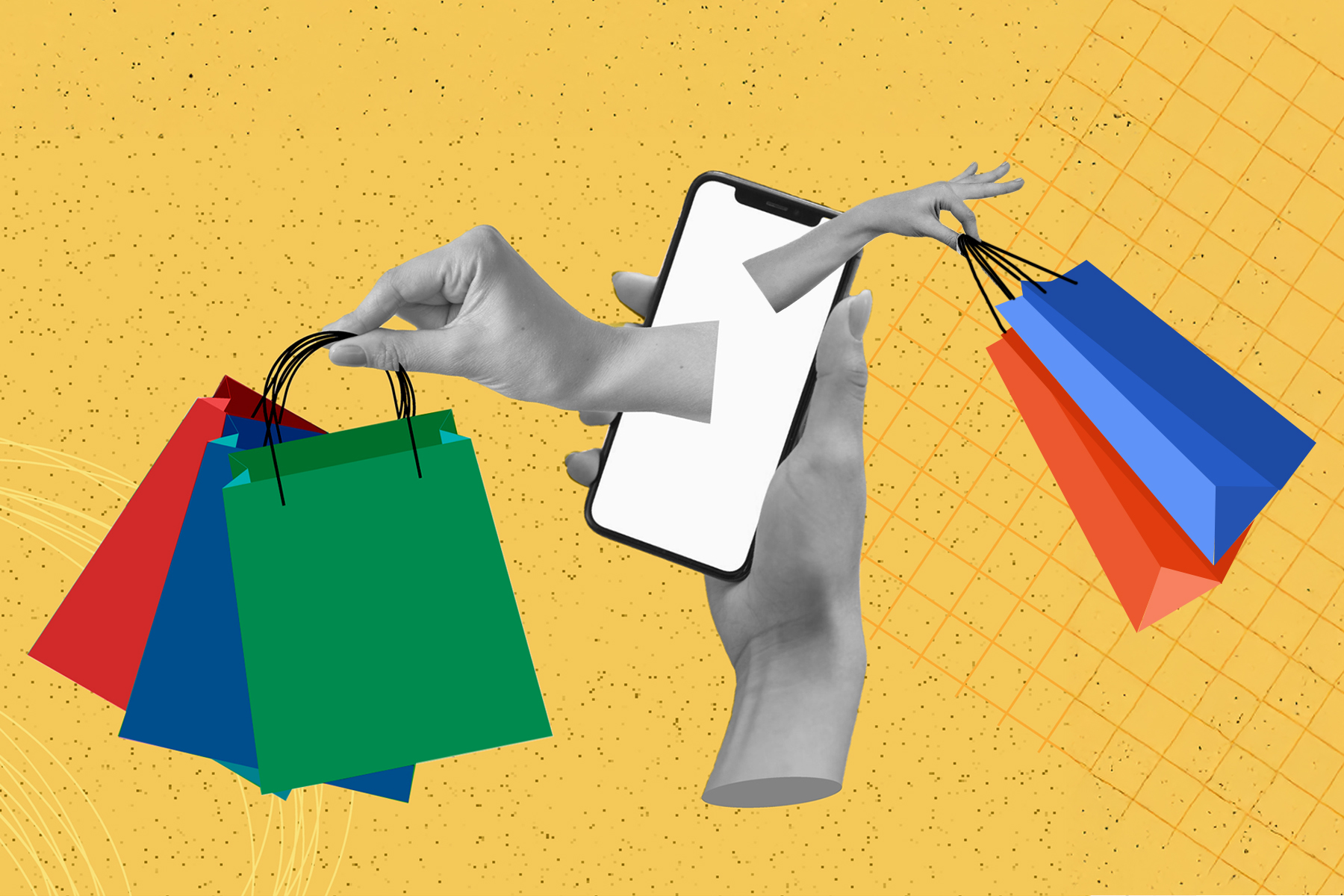
"F or decades, stores like Leon's, K Mart, and Zellers offered layaway: a no-interest, pay-in-pieces system where you picked out an item, the store held it, and you chipped away at the cost over weeks or months. Families used it to stretch toward something special-a couch, a TV, Christmas gifts. Eventually, in the 1980s, credit cards took over, and stores grew tired of holding merchandise."
"The contours of that pact have since shifted. "Buy now, pay later"-BNPL-programs are a kind of digital layaway but with a twist: you get the reward before fulfilling the commitment. Fintech firms like Afterpay, Flexiti, Sezzle, and Tabit let consumers break down big buys into smaller, more manageable bites. That means you can purchase an item and still defer payment, but now you claim your prize at the point of sale instead of waiting."
"And people are eating a whole lot of cake. The BNPL payment market in Canada is expected to grow by 12 percent annually to reach $7.5 billion (US) in 2025. The calories haven't been showing up on our debt waistlines either. In Canada, total consumer debt reached a record high of $2.5 trillion in the fourth quarter of 2024-but BNPL is sometimes referred to as " phantom debt.""
Layaway allowed shoppers to reserve merchandise without interest by paying over time while the store held the item until completion. Buy-now-pay-later (BNPL) programs enable consumers to receive purchases immediately while splitting payments into smaller installments. Fintech firms such as Afterpay, Flexiti, Sezzle, and Tabit facilitate these transactions. The BNPL market in Canada is forecast to grow about 12 percent annually to roughly $7.5 billion (US) by 2025. BNPL functions as a microloan typically without credit checks; providers pay merchants upfront and retain a fee for risk. Merchants receive sales revenue immediately; providers are responsible for collecting installments and commonly debit consumer accounts, producing debt often labeled "phantom debt."
Read at The Walrus
Unable to calculate read time
Collection
[
|
...
]